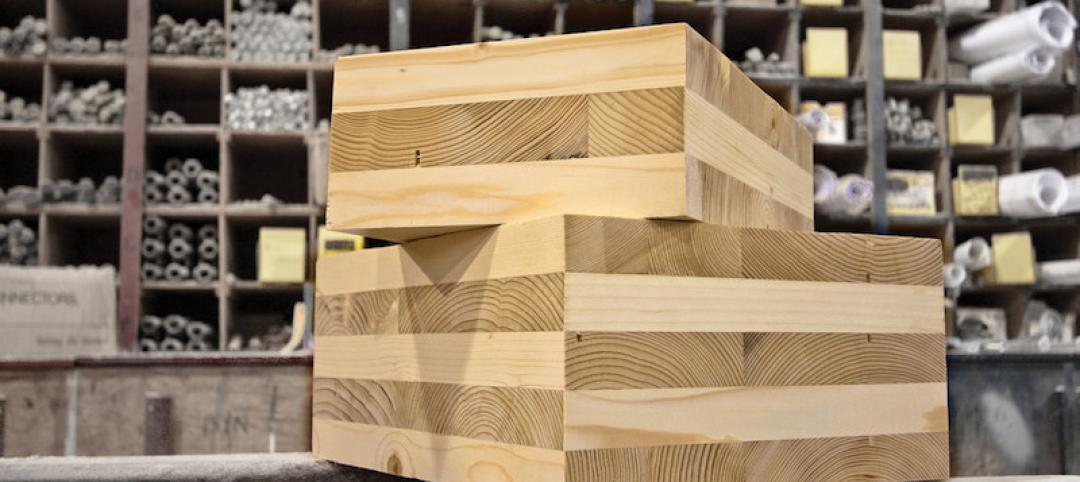Research at Case Western Reserve University has found that buildings that rock during an earthquake and return to plumb would withstand seismic shaking better than structural designs commonly used today in vulnerable zones of California and elsewhere.
Those buildings would also be more easily and cheaply repaired and could be put back into use faster, said Michael Pollino, an assistant civil engineering professor at Case School of Engineering. The computer model research suggests optimal sizes for damping devices and steel yielding devices that dissipate the energy of a quake.
Pollino’s model compares rocking steel-braced frames to current earthquake standards used in low- to mid-rise buildings. "Currently, engineers are designing low-rise structures for an earthquake that has a 10% chance of occurring in a 50-year-lifetime," Pollino said. "We accept there will be damage, but no collapse or loss of life. But what about an event that has a 50% chance of occurring? You may still have to tear the building down afterward.”
Pollino and other researchers are finding advantages to the design, which has not yet made it into practice. He and colleagues are discussing forming a technical committee of civil engineers that would advance the technology into practice. Pollino is now applying for funding to begin physically testing designs in the university's structures laboratory.
Related Stories
Legislation | Aug 10, 2016
Calif. bill would speed up environmental lawsuits on certain projects
A nine-month limit has been proposed for some $100 million-plus projects.
Resiliency | Aug 10, 2016
White House pushes for better finance strategies for disaster mitigation and resilience
The move highlights innovative insurance, mortgage, tax, and finance-based strategies.
Regulations | Aug 9, 2016
New trend eases parking requirements for U.S. cities
Transit-oriented development and affordable housing are spurring the movement.
Regulations | Aug 8, 2016
EPA toughens rules to reduce formaldehyde exposure from composite wood products
Products will now have to be labeled as compliant to the new rules.
Regulations | Aug 5, 2016
Stop-work orders in New York City up sharply this year
The orders come after a rise in the number of deadly accidents that have occurred in the past few years.
Sustainability | Aug 4, 2016
S.F. Bay Area voters approve first-of-its-kind tax to fight impact of climate change
The funds from the tax will be used to restore wetlands
Concrete | Aug 2, 2016
Concrete Association builds case against cross-laminated timber
The campaign asserts that not enough is known about CLT in construction
Seismic Design | Jul 28, 2016
Risk of man-made earthquakes now factor in seismic hazard analysis
Significant risk increases seen in some areas of the U.S.
Resiliency | Jul 27, 2016
New York’s resilience plans not taking long-term view, critics charge
Continued waterfront development may be regretted later this century.
Green Specifications | Jul 26, 2016
New Miami Beach law requires LEED certification on projects larger than 7,000 sf
LEED Silver the prescribed standard on buildings larger than 50,000 sf.














